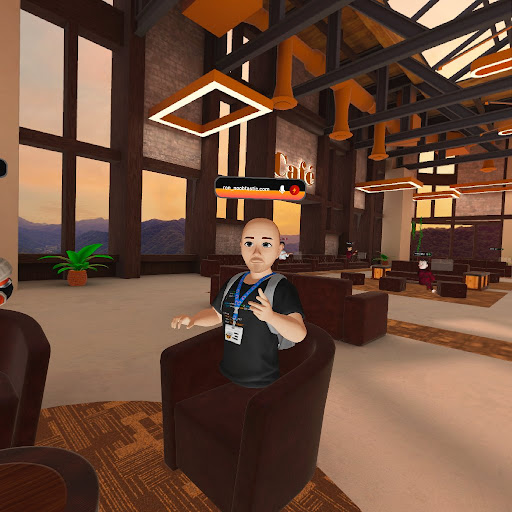I recently spent a week working in virtual reality using the new Meta Quest 3 headset. While the experience was not perfect, it did leave me with some renewed optimism for VR in the workplace. However, there were several challenges and drawbacks that made it difficult to fully embrace VR as a work tool.
One of the main issues I encountered was physical discomfort. My eyes would often feel strained and I would develop headaches after extended periods of time in VR. The weight of the headset also caused stiffness in my neck. These physical discomforts made it hard to maintain productivity and focus throughout the day.
Another challenge was the lack of familiarity with VR interfaces and gestures. It took time to get used to interacting with menus and shortcuts using hand gestures. This learning curve added an extra layer of complexity to my work tasks.
Despite these challenges, there were some impressive aspects of working in VR. One of the highlights was the ability to collaborate and network with people from all over the world. I was able to work alongside professionals from different industries and engage in meaningful conversations. The sense of presence and interaction in VR was something that traditional video conferencing tools like Zoom could not replicate.
However, the overall consensus is that VR is not yet ready for widespread adoption in the workplace. Research studies have shown that working in VR can lead to increased frustration, anxiety, and decreased productivity. The hardware is still bulky and uncomfortable for long-term use, and there are limitations in terms of software functionality and user experience.
While there is potential for VR to revolutionize the way we work, it will require significant advancements in technology and user experience before it becomes a viable option for everyday use. Until then, more traditional tools like video conferencing and remote desktop applications will likely remain the preferred choices for remote work.


